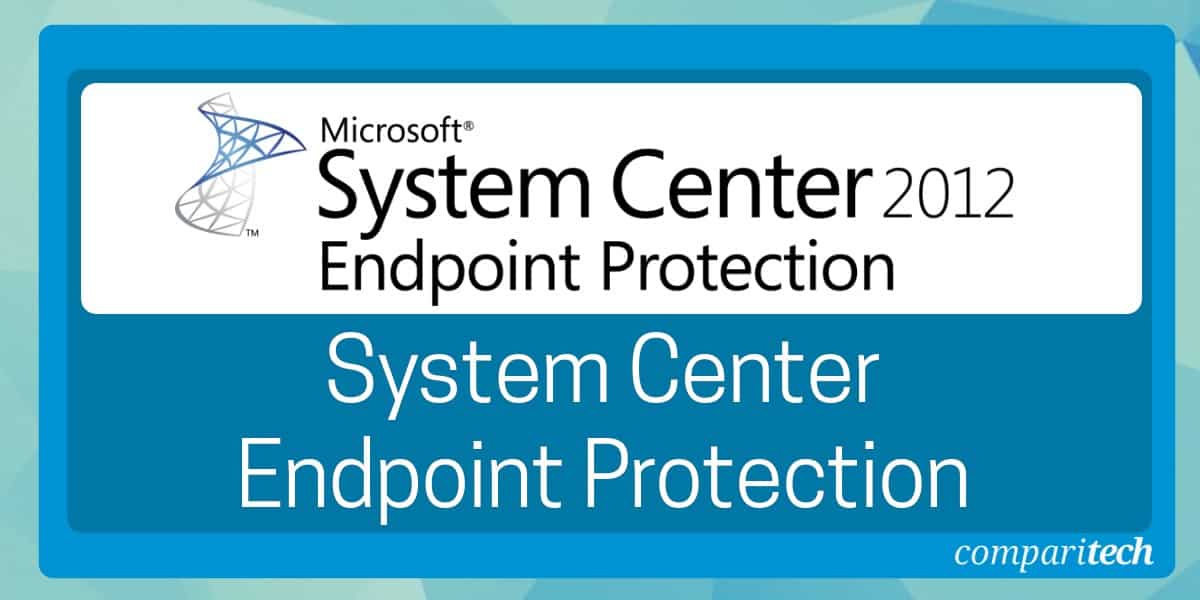

- #Uninstall system center endpoint protection update
- #Uninstall system center endpoint protection full
- #Uninstall system center endpoint protection windows
Now all the client settings have been configured for System Center Endpoint Protection for your Configuration Manager clients. Fill in the page appropriately for your SMTP server. Right-click on your site and click Configure Site Components > Email Notification. Now we need to configure the email alert settings for Endpoint Protection.Ĭlick on the Administration tab and then navigate to Site Configuration > Sites.
#Uninstall system center endpoint protection update
At this time my software update role is not configured, so including the Configuration Manager as a source should not happen.Ĭlick OK to close the Default Antimalware Policysettings.
#Uninstall system center endpoint protection windows
My sources will be WSUS, Windows Update, and Microsoft Malware Protection Center. Each server will check for updates three times daily by default, 8-hour intervals. I will also leave the Definition Updates at default. I do not want users to be able to modify this. I selected Basic Membership and that is fine. Microsoft Active Protection Service, will default to your membership setting during the Endpoint role configuration. I don’t want a system restore point created before cleans, I don’t want any bothersome notifications on the server, I want to enforce the quarantined files and exclusion processes to be uniformly managed via policy. The defaults for the Advanced section are fine. %(WINDOWS)%SoftwareDistribution\DatastoreĬ:\Program Files\Microsoft DPM\DPM\Volumes Also I will be leaving the default rules in-tact as well: Here is a list of the items I’ll be excluding, again keeping a server environment in mind. Real-time Protection settings defaults are fine.Įxclusion settings, I will be excluding several types in all three sections:
#Uninstall system center endpoint protection full
I don’t want any users to change CPU settings, though I will give the user full control of when scheduled scans run should I ever enable this option. Scan Settings, I don’t want to scan email and email attachments, removable drives, network drives, or archived files. Scheduled Scans, I will not run a scheduled scan. In my environment I don’t want to run scheduled scans, I want to enable real-time protection, and set certain exemptions on folders, services, and file extensions. Note: You can create custom Anti-malware policies if you would like that would apply to specific clients/servers. Go through each of the pages and set the options to what will work best for your situation. You will then be greeted by all the policy sections on the left hand side, and the explanation of each section as well as configurable options on the right. Right-click on the Default Client Antimalware Policy. Navigate to Assets and Compliance > Endpoint Protection > Antimalware Policies. We’ll configure the Endpoint Protection default Policy settings first.

Now that our hierarchy is configured and we have successfully installed and validated all of the Configuration Manager roles we will need, its time for us to configure the Agent and Endpoint Protection Policies.


 0 kommentar(er)
0 kommentar(er)
